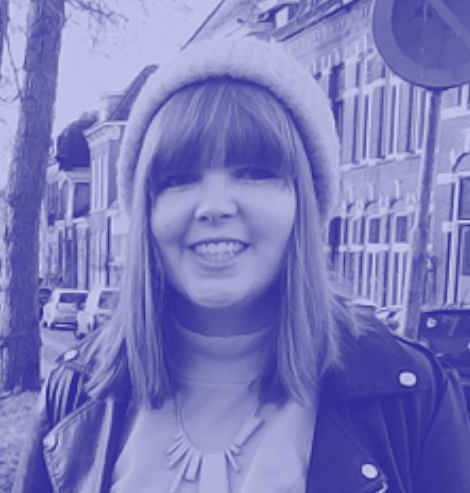Use the word ‘content’ in a job title or the description of a task name and most people will assume it’s about writing copy.
This confusion is something content designers often face and it seems, to the rest of the world, that content and copy are the same thing.
Don’t get me wrong, nobody wants to put copywriting down.
After all, a lot of us content designers were copywriters once – and might be again someday. It’s a strong skill to have in your content design arsenal.
But a content designer generally tries to think about more than writing and sees their role as more than drafting.
We do so much more than ‘the words’ and it can limit the potential of a project to view content designers only as (ugh!) ‘wordsmiths’.
What’s the difference between a copywriter and a content designer?
My colleague Ray Newman recently summarised it like this on LinkedIn:
- Copywriting is about helping people choose a product or service when there's a lot of competition in the market.
- Content design is for people who have already chosen and want to get The Thing as quickly and efficiently as possible.
And usually, fulfilling that definition of content design means going way beyond copy.
Sarah Winters, who essentially invented the concept of content design, says in her book Content Design:
“Content design means not limiting yourself to just words.”
Whereas a copywriter does exactly what the job title suggests: writes copy. Often with a focus on brand, marketing or engagement.
Most content designers can add immense value to a project without drafting even a single word.
Or even by recommending the removal of content altogether. There might be fewer words when we’re done than there were to begin with!
Content designers also focus on meeting user needs by providing them with the information they need, when they need it, rather than showing creative flair.
We work with user researchers, product designers, UI designers, developers, subject matter experts (SMEs), and stakeholders to improve content architecture and experiences.
This can include:
- carrying out content audits
- analysing user feedback and data to inform content design
- recommending the format or style the content should take
- creating style guides
- producing wireframes to show how the content should be structured
What is content if not words?
A content designer might create content in lots of different forms.
For example, we often work on calculators, like the heart-age calculator on the NHS website.
We might create maps, or information panels, to help people find and compare services.
And, of course, there are sometimes videos, animations, slide decks, infographics, and all sorts of other content.
We always start by thinking about what the user needs, and what will give them a good experience. Keeping an open mind about format and medium is vital.
Content design is based on facts
Another key difference between content design and copywriting is that content design is always based on evidence and research.
Copywriters will usually be drafting copy to entice and excite readers or grab their audience’s attention. Because of this, copywriting tends to be based on ideas and trends, rather than an assessment of audience need.
In fact, you might say copywriting is often about creating a need or desire the audience didn’t previously have.
There might be focus groups and market research but it’s not a given in the way we always hope it will be with content design. This can mean that copy is drafted with stereotypes or assumptions about the audience in mind.
Content designers are designing content to meet user needs, so this must be based in user research and feedback. There’s no room for opinion or ‘gut feeling’.
We don’t create things because we reckon they feel good or because we’ve seen success with them in the past.
We do so because the exact audience we’re creating this exact piece of content for has told us what they need.
Some of us can do both
As I said above, copywriting can be a good skill to have as a content designer.
This is because thinking very carefully about the words you use is important in both disciplines.
Agonising over a single word in a sentence may seem a bit ridiculous in the grand scheme of things. But that single word could make or break your product or service.
Words have the power to inspire, promote change, and even offend. So, choosing them wisely is crucial to content design.
And means that a lot of content designers are also well versed in writing good copy.
However, keep in mind that if you want a content designer on your project just to draft copy to a set brief, you probably need a copywriter, not a content designer.
Whereas if you want to meet the needs of your users, and delight them by doing so efficiently, give us a call.
Read more about content design
- ‘Content strategy and content design: are they really the same thing?’ by Naomi Busuttil
- ‘Content design is sustainability in practice’ by Emma Baker
- ‘How content design can serve international or mixed language groups’ by Miriam Vaswani



